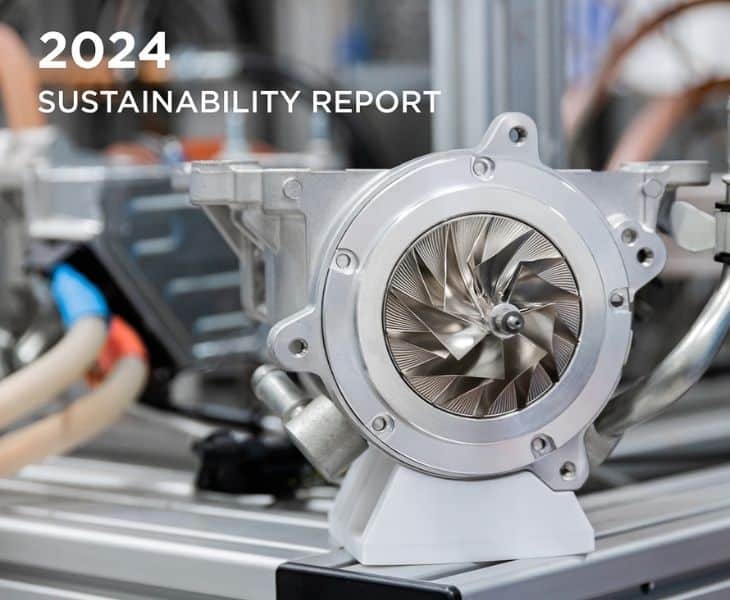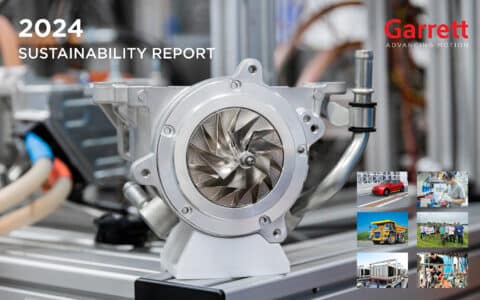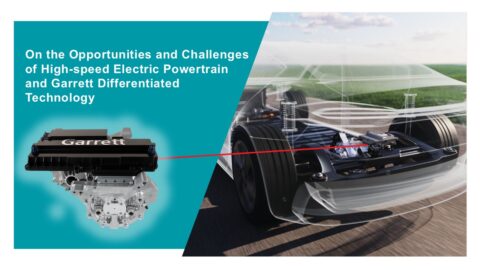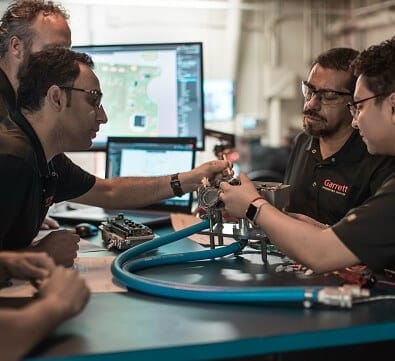ABSTRACT
Turbochargers used for internal combustion engines experience severe transient loading conditions due to nature and variety of engine operating conditions. Turbine housing, a key component of a turbocharger collects hot exhaust gases from the engine and provides it to the turbine wheel and hence the kinetic energy needed for charging. Non-uniform temperature distributions, complex designs and mechanical loads induced by interactions with adjacent components subject turbine housings to multi-axial stresses which could lead to thermo-mechanical fatigue (TMF) and ultimately to cracks. Hence designing a turbine housing robust for thermomechanical fatigue poses a major challenge and it requires a very deep understanding about the material behaviors under various TMF loading conditions.
First step is to develop a representative constitutive model to capture material behavior at high temperature under various loading conditions. Traditionally, material models are developed using monotonic tensile or isothermal Low Cycle Fatigue (LCF) test data with a stabilized hysteresis loops. Even though simpler, this approach does not exactly represent true nature of TMF-In Phase (IP) and Out of Phase (OP) loading conditions. Unified visco-plastic material model with static recovery and multi-layer rate effects is needed to capture a wide range of deformation mechanisms at high temperature conditions. Overview of such material model derivation process is described and material model validation against specimen based test data is demonstrated.
A sensitivity study is carried out under different loading conditions to ensure that the parameters are able to capture temperature and time dependent plastic deformation behaviors, which takes into account of multiple rate effects from stress relaxation, creep and non-linear kinematic hardening under different loading conditions in order to get a reliable stress and strain values from Finite Element Analysis (FEA) code.
















